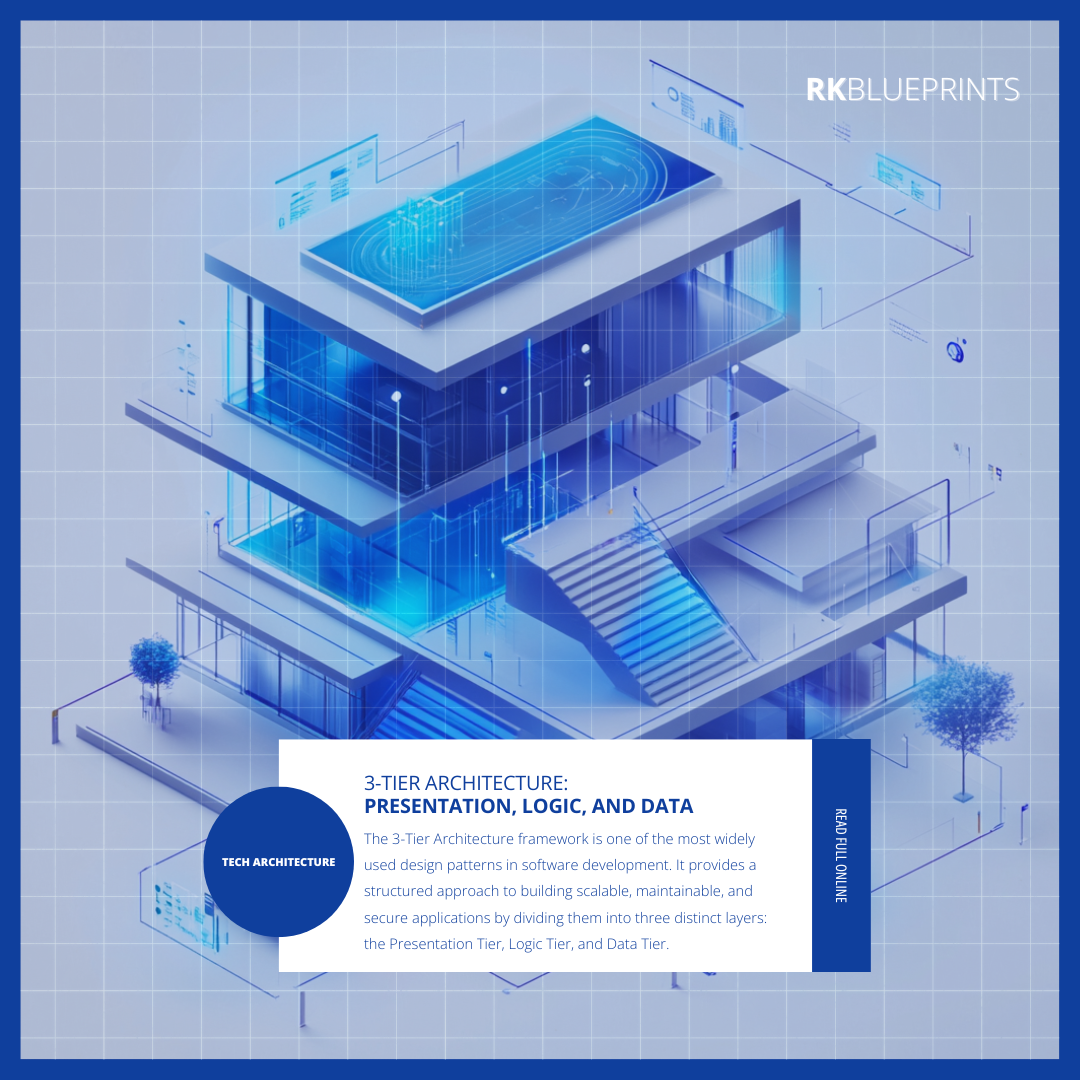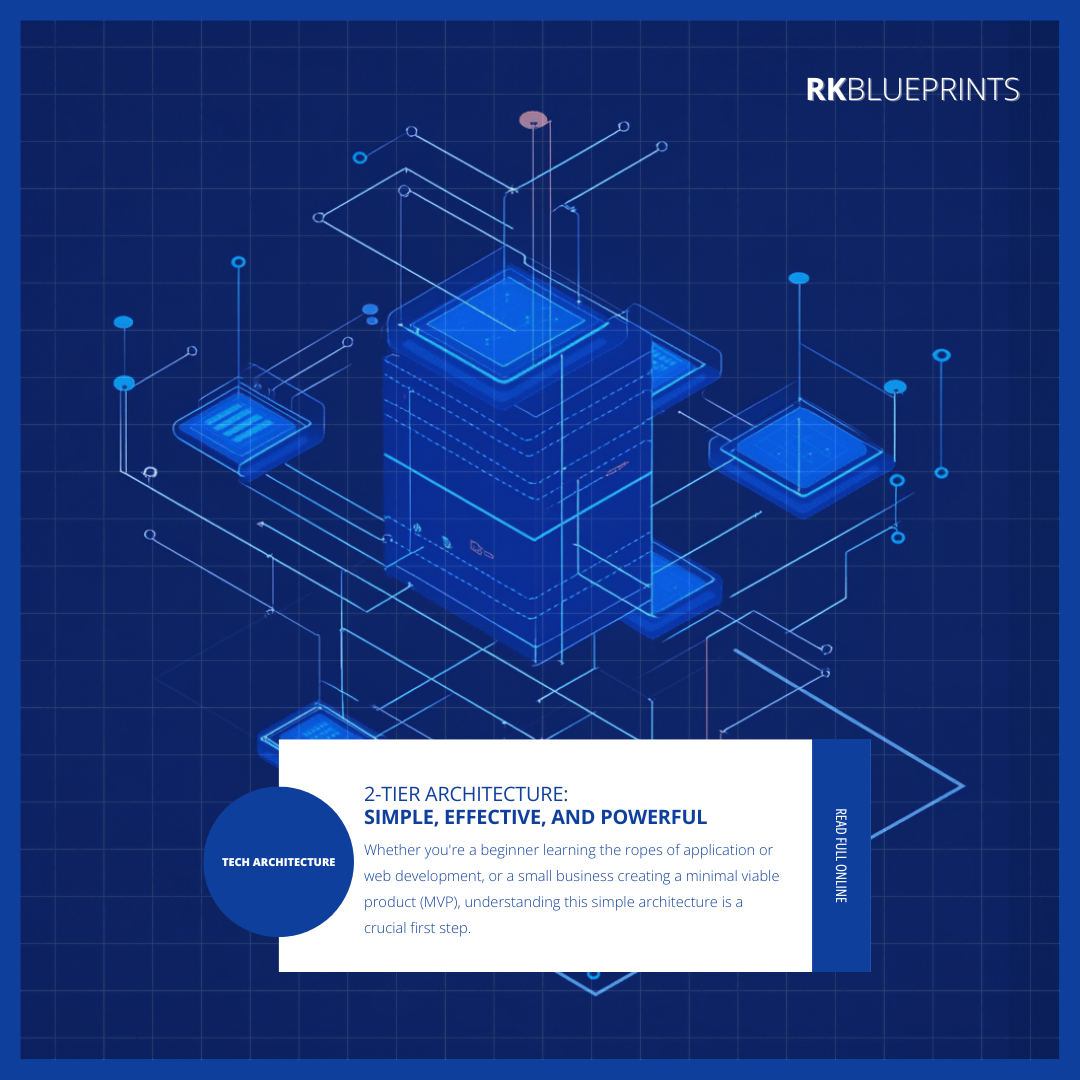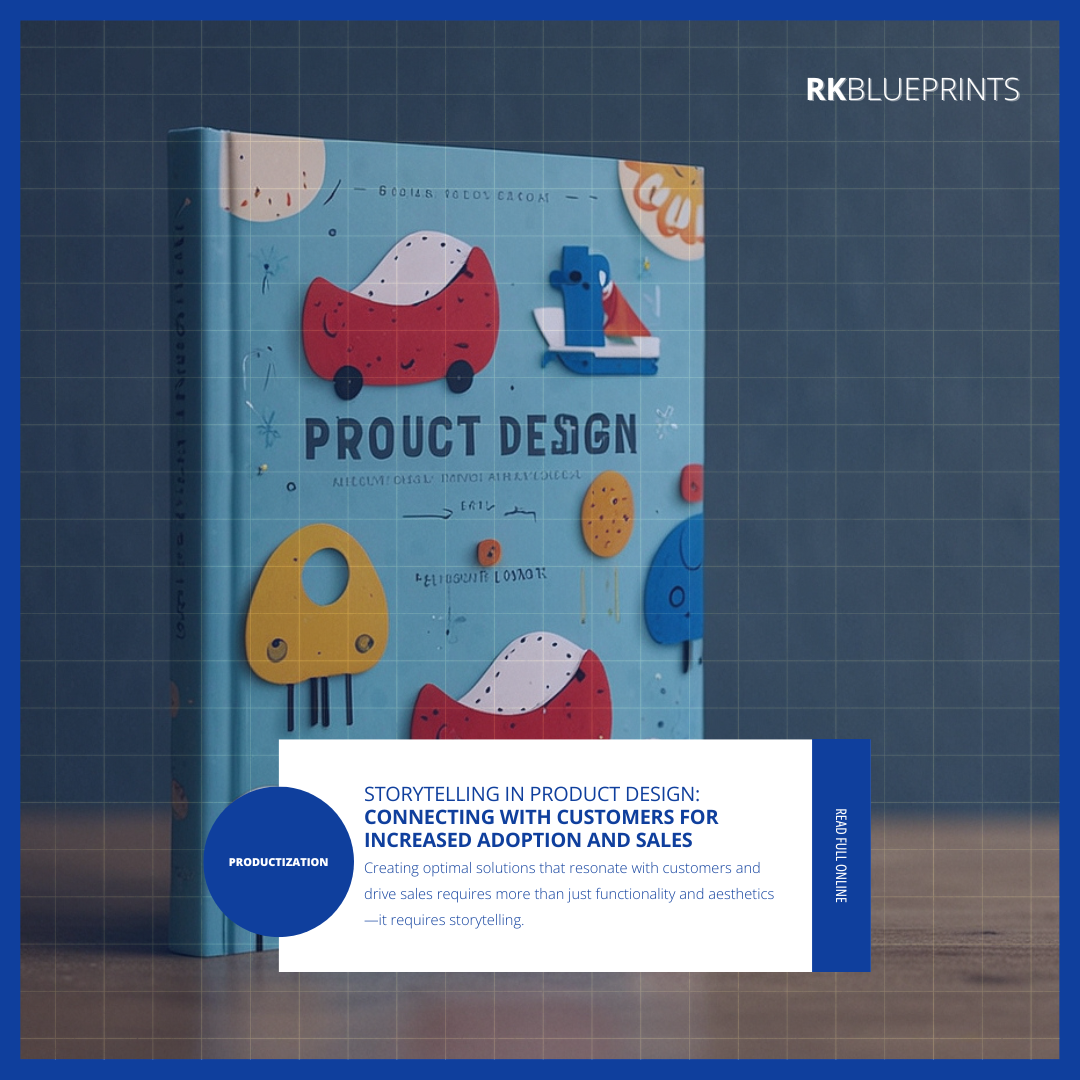In the digital age, a strategic tech stack is the backbone of SMBs (small/mid-sized businesses) and startups, powering growth and competitiveness. The tech stack you choose can be the key to unlocking success for your SMB or startup. It’s not just about having the latest gadgets; it’s about strategically assembling the right combination of tools and technologies that can empower your venture to compete, adapt, and thrive in an ever-evolving digital world.
The decision regarding your tech stack is no longer a mere choice but a strategic imperative. Whether you’re launching a new startup or steering a small business, your tech stack influences how you operate, communicate, scale, and innovate. It can be your secret weapon, giving you an edge over competitors and helping you navigate the challenges of today’s fast-paced business environment.
In this article, we delve into the core elements of a winning tech stack for SMBs and startups. These elements aren’t just tools; they’re the building blocks of your digital infrastructure, and they hold the potential to elevate your operations, customer engagement, and overall competitiveness. Join us on this journey as we explore these essential components and their role in shaping the future of your business.
Here, we explore some of the top three essential elements of a tech stack and how they empower your venture to thrive.
1. Cloud Computing for Scalability:
Start with a robust cloud infrastructure from providers like GCP/Google Cloud, AWS/Amazon Web Services, or Azure/Microsoft Azure.
- GCP/Google Cloud: Known for its user-friendly interfaces and advanced machine learning capabilities, Google Cloud offers a wide range of services that cater to businesses of all sizes. It’s an excellent choice if you prioritize seamless integration with Google Workspace tools and the ability to harness AI and analytics for insights.
- AWS/Amazon Web Services: AWS is renowned for its extensive suite of services, global reach, and scalability. It’s often preferred by startups and enterprises alike for its flexibility and reliability. AWS offers everything from cloud computing to storage, databases, and machine learning resources.
- Azure/Microsoft Azure: Azure stands out for its seamless integration with Microsoft products, making it an attractive choice for businesses heavily reliant on Microsoft tools like Office 365. It provides a wide range of services and is especially robust in hybrid cloud solutions, catering to businesses with complex needs.
Each of these cloud providers offers a solid foundation for your tech stack, allowing scalability, flexibility, and reliable performance as your business grows; another recommended example would be Dropbox Business.
Example: Dropbox Business
Dropbox Business offers scalable cloud storage and collaboration tools tailored to SMBs and startups. It allows seamless file sharing and storage expansion as your team and data grow, ensuring you’re equipped for evolving needs.
2. CRM/Customer Relationship Management and Customer Engagement:
Implement a powerful CRM system like Salesforce, HubSpot, or Zoho CRM. These platforms manage customer data, track interactions, and nurture leads effectively. A well-structured CRM system strengthens customer relationships, driving growth.
Example(s): HubSpot, SFDC/Salesforce
HubSpot provides a comprehensive suite of tools for marketing, sales, and customer service. It’s a perfect fit for startups seeking to manage customer relationships and expand their customer base effortlessly. HubSpot’s CRM simplifies customer engagement and accelerates business growth.
Salesforce is renowned for its robust CRM capabilities. It’s a go-to choice for startups seeking comprehensive customer relationship management. Salesforce empowers businesses to streamline sales, marketing, and service operations, fostering growth and customer satisfaction.
3. Marketing Automation:
Optimize marketing efforts with automation tools like Mailchimp, Hootsuite, or Buffer. They streamline email campaigns, social media posts, and analytics. Automating repetitive marketing tasks saves time, allowing your team to focus on strategy and creativity.
Example(s): Mailchimp, Hootsuite, Buffer
Mailchimp is a versatile email marketing automation platform that goes beyond just email campaigns. It offers features for email marketing, marketing automation, landing pages, social media management, and more. With Mailchimp, you can design and automate email campaigns, segment your audience for targeted messaging, and track the effectiveness of your email marketing efforts through detailed analytics. It also provides tools for creating signup forms and landing pages, making it a one-stop solution for many aspects of your marketing strategy. Mailchimp’s user-friendly interface makes it accessible to small businesses and startups, enabling them to create professional-looking campaigns without the need for extensive design or coding skills.
Hootsuite is a comprehensive social media management platform that allows you to schedule and manage your social media posts across various platforms like Facebook, Twitter, Instagram, LinkedIn, and more from a single dashboard. It provides detailed analytics to track the performance of your posts and engagement with your audience. Hootsuite’s scheduling feature is particularly valuable, as it enables you to plan your content in advance and maintain a consistent online presence. This automation frees up your marketing team’s time and ensures that your brand remains active and responsive on social media.
Buffer is a user-friendly marketing automation platform that excels in social media management. It simplifies content scheduling and analytics, helping startups maintain an active online presence. Buffer empowers businesses to engage their audience and drive growth effectively.
Your tech stack is the cornerstone of your success. Crafting a winning tech stack for your small business or startup isn’t merely about adopting the latest technologies; it’s about strategically aligning your digital infrastructure with your goals, customers, and market dynamics. In this journey, we’ve explored the essential elements of a successful tech stack, and their significance can’t be overstated.
Your choice of cloud computing, exemplified by services like AWS or Azure, lays the foundation for scalability and agility. It ensures you’re prepared for both anticipated growth and unexpected surges in demand, without the hassles of physical infrastructure management.
Implementing a robust CRM system, such as Salesforce or HubSpot, empowers your business to strengthen customer relationships, nurture leads, and drive growth. It’s the bedrock upon which lasting customer connections are built.
Marketing automation, exemplified by tools like Buffer or Mailchimp, streamlines your marketing efforts, saving time and enabling your team to focus on strategy and creativity. Automated campaigns and analytics help you engage a broader audience effectively.
In the dynamic world of technology, your tech stack isn’t static; it’s a flexible, evolving ecosystem. Stay attuned to emerging technologies, and continue optimizing your stack to remain agile and competitive. As your small business or startup grows, your tech stack should grow with you, supporting your expansion, customer engagement, and innovation.
Remember, your tech stack isn’t just a collection of tools; it’s a strategic asset that can propel your business to new heights. By choosing, optimizing, and evolving your tech stack wisely, you’re not just embracing technology; you’re embracing the future of your own business.







Recent Comments